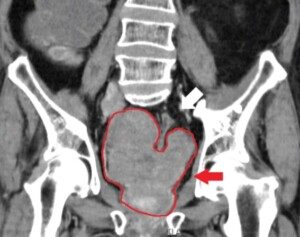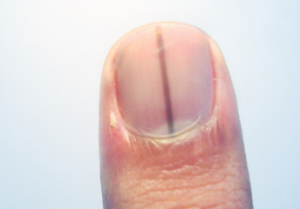------------------------
------------------------
Now that Joe Biden has prostate cancer, more men are wanting answers to specific questions about this disease for which risk increases significantly after age 50.

Where Prostate Cancer Causes Pain and How It Feels

Can you have extremely high PSA but no prostate cancer?

Can you have a really low PSA with prostate cancer?

Time It Takes Prostate Cancer to Spread to the Hips

Symptom Comparison: Enlarged Prostate vs. Prostate Cancer

Risk of Prostate Cancer Spread from Needle Biopsy

Can prostate cancer cause cloudy urine?

Lower Back Pain Can Be Caused by Prostate Cancer

How often can a biopsy miss prostate cancer and why?

Can a CT scan miss prostate cancer?

Why Even Early Prostate Cancer Can Be Deadly

Is there a test better than PSA for predicting prostate cancer?

Is clear jelly discharge after urination in men cancer?
*********************
Why Your Stomach is Twitching: Neurologist Explains
What Those Tiny Red Dots on Your Skin Might Mean

Why You Smell Phantom Cigarette Smoke When Nobody’s Smoking

Fishy Smell Around Penis: Causes and Solutions
MOLES AND MELANOMA

Can Small, Tiny Moles
Turn Into Melanoma?

Can a Mole with Three Shades Be Benign?

Can Melanoma Be Misdiagnosed As a
Skin Tag?

Nodular Melanoma:
What You Should Know About this Killer

Melanoma Skin Cancer: When Changing Moles
Are Benign

Normal Black Line Under Fingernail vs. Melanoma Streak


10 Autistic Signs in My Childhood that Got Missed

Autistic People Explain Why They Stim
Can an Autistic Person Have Good Eye Contact?

What Trait Is Universal in ALL Autistic People?

I'm Autistic and Here's Why I Go into "Blank Stare Mode"

Autism Spectrum: How a Special Interest Obsession Develops

Is Middle Age too Late to Seek an Autism Diagnosis?

Why Are So Many Adults Getting Diagnosed with Autism?

Are People Who Suspect They’re Autistic Usually Right?

Why You Should NEVER Make Your Kids Give Hugs!
Free Service Helps Autistic People Get Jobs
Life Skills App Helps Autistic College Students Thrive
Drone Science Jobs for Autistic People

Autism Knows No Limits for These Mountain Hiking Twins
.
















































